It took over 50 specimens and prototypes to reach that one technically acceptable and economically viable version of a ballot box.
As the Election Commission dismissed the allegations of tampering of EVMs in recent elections, we would like to take the readers back to India’s first general election in 1952 and the remarkable story of how the first ballot boxes were made.
India’s first general election was the outcome of tireless efforts of Chief Election Commissioner and mathematician Sukumar Sen and his team, former Prime Minister Jawaharlal Nehru, and the bravado of many workers at Godrej & Boyce Mfg. Co. Ltd. who supplied a mind-boggling 12.83 lakh steel ballot boxes – the ultimate symbol of democracy – in just a span of four months.
Also read: EVM hacking allegations: Politically malicious or should they be investigated?
The Election Commission officials went door to door, tracking eligible voters, preparing massive electoral rolls, holding mock elections, educating the masses about how to vote and more. They also had to urgently procure more than two million ballot boxes and, for this, they came to rely on Godrej, which had just started its new manufacturing facility at Vikhroli in Mumbai in 1951.
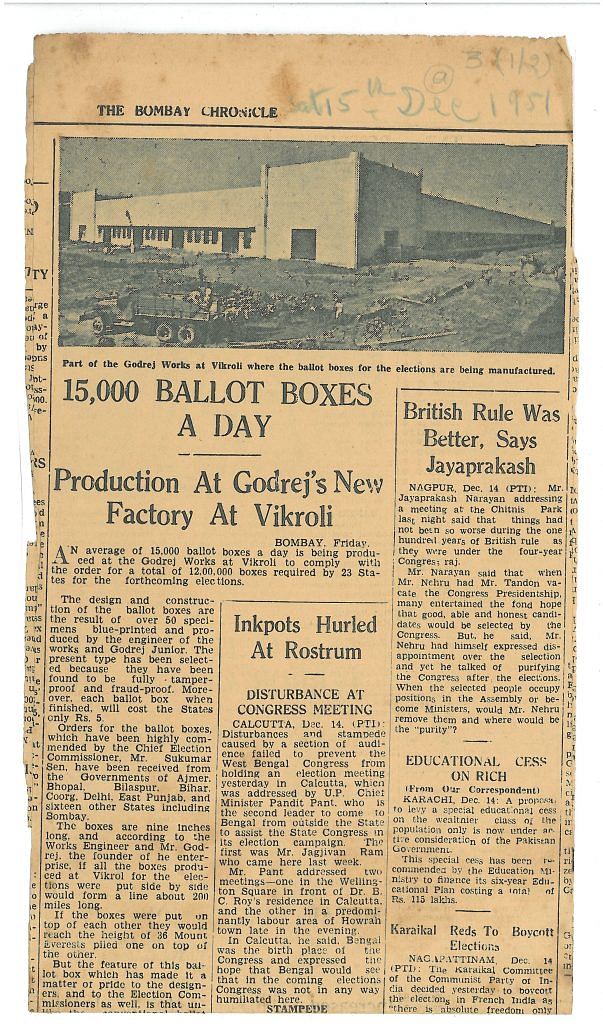
It was an uphill task for Godrej too. The country was still struggling to find its feet. Raw materials like steel were in short supply. Only one manufacturing plant was fully functional.
The biggest challenge was the designing of this ballot box. It had to be sturdy, tamper-proof and cost-effective at the same time. It took more than 50 specimens and prototypes to reach that one technically acceptable and economically viable version of a ballot box. External locks were proving too expensive and that’s when Nathalal Panchal, a shop-floor worker at Godrej, saved the day.
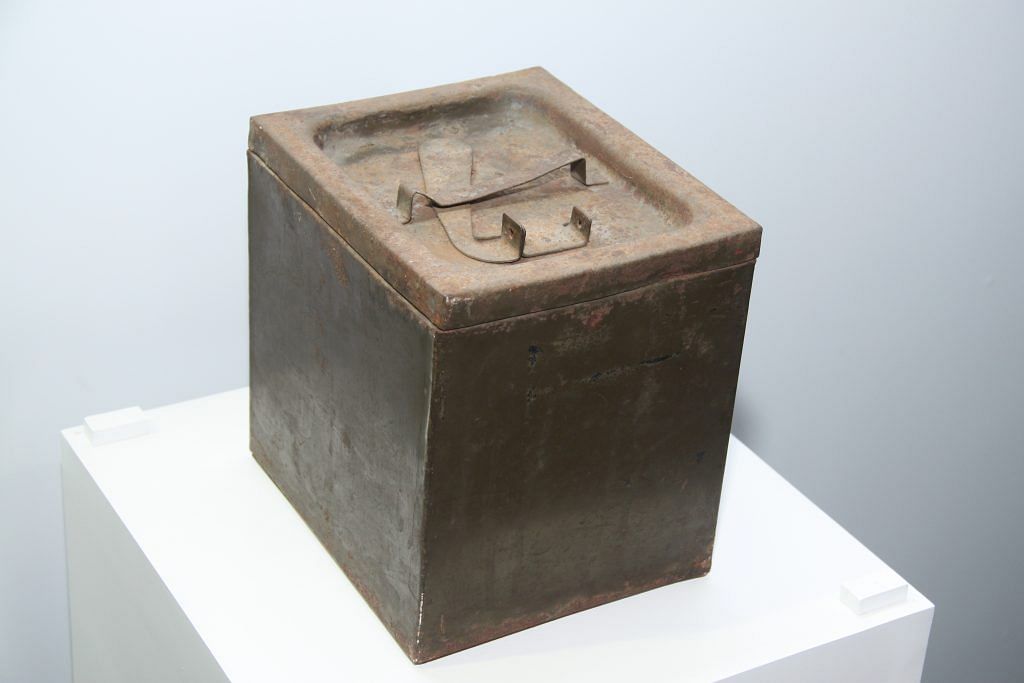
He came up with a design with an internal locking mechanism that could be opened only by inserting your finger through an aperture and pulling the locking lever.
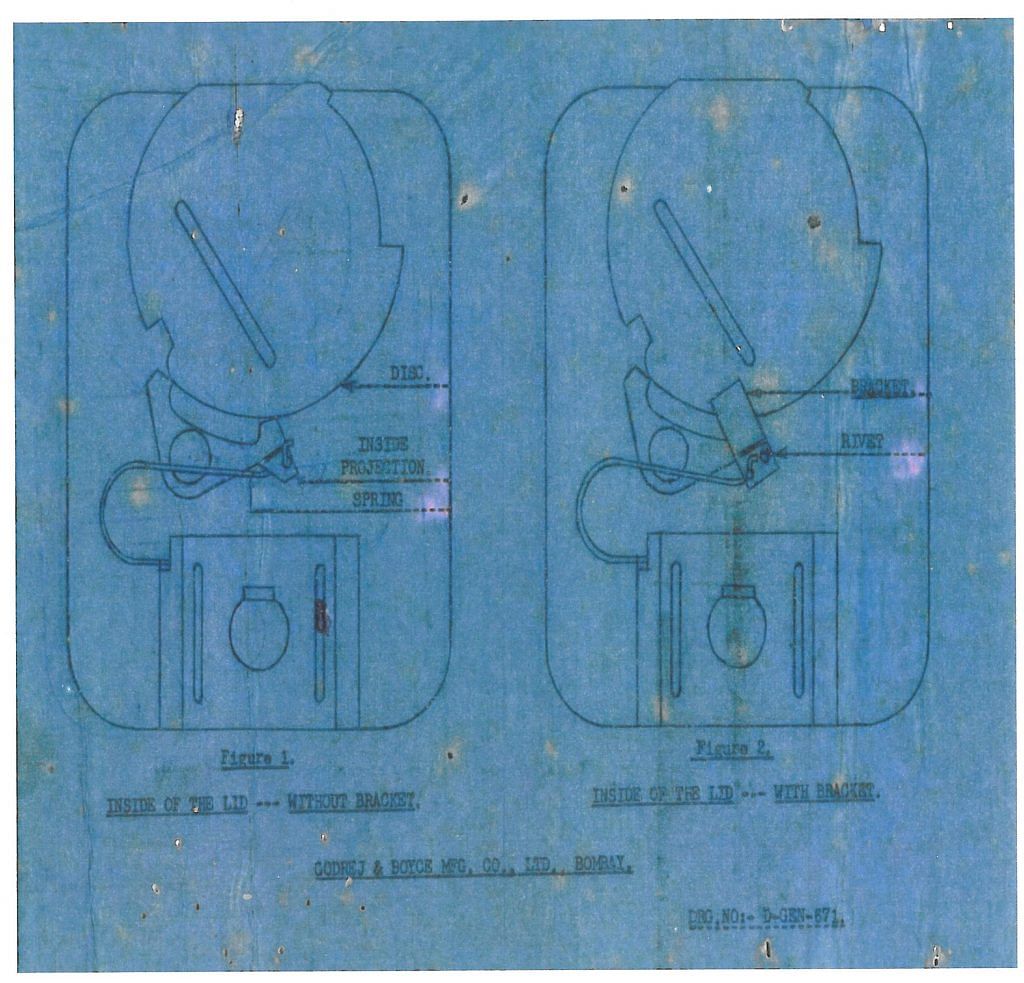
Also read: Kapil Sibal’s defence — all allegations of EVM hacking can be verified, so let’s do that
This brilliant blueprint then made it way towards the shop floor, where Godrej’s plant manager K.R. Thanewala and his team worked day and night, in three shifts, churning out 15,000 ballot boxes a day. And they refused to let any obstacle hamper their march to success; even if it meant walking down to the railway station after finishing their night shift, and holding mashals to light the way.
Finally, the ballot boxes were transported to remote corners of 23 states in India, from the Vikhroli railway station through commercial and passenger train wagons, earning them the sobriquet ‘election specials’.
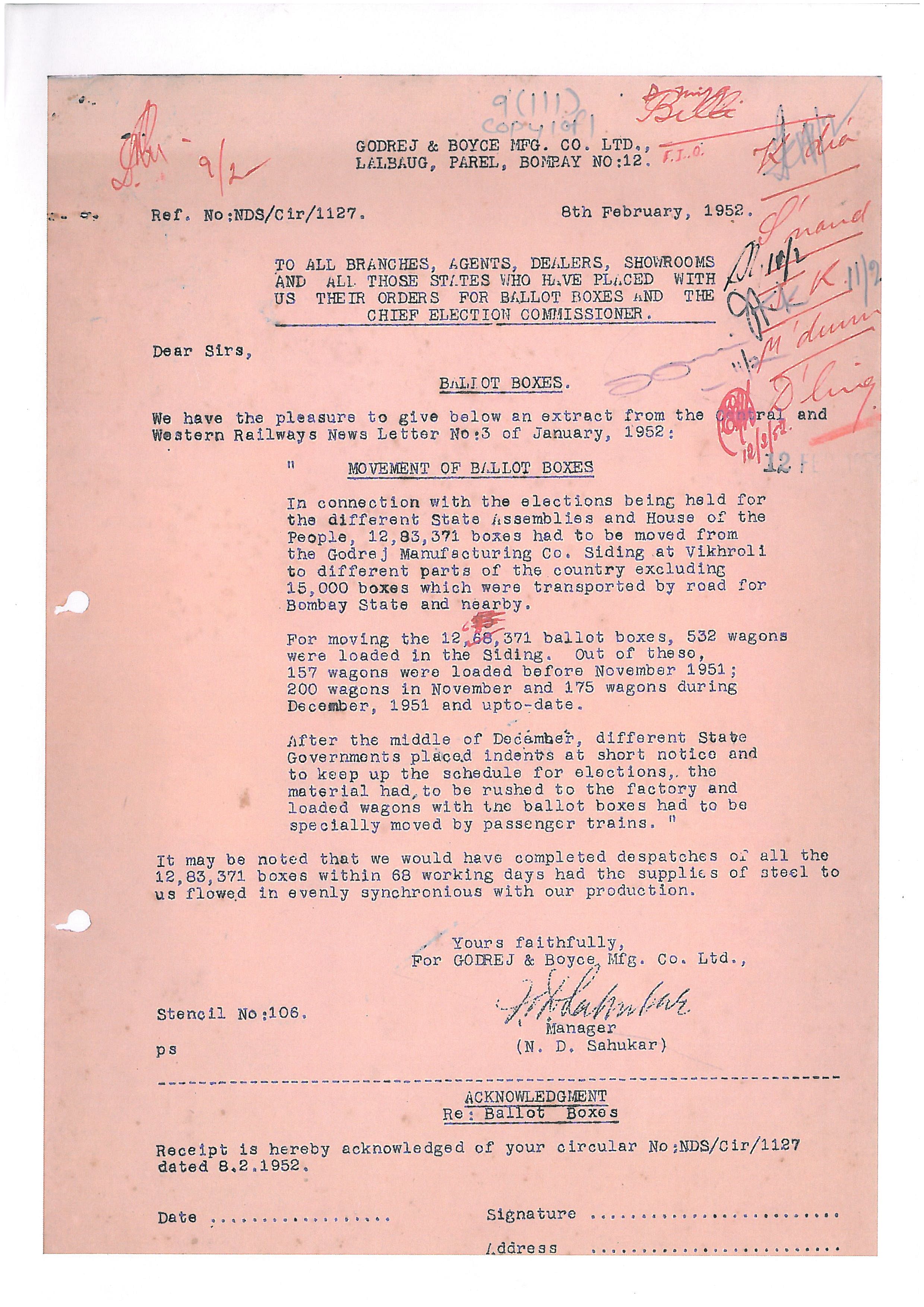
This was not just a regular business order for Godrej. It was their opportunity to take part in the phenomenal act of nation-building and they were willing to go to any length to prove that they were up for it.
Also read: Modi govt launches big revamp of official computer systems to counter hacking & cybercrime
The infallibility of the Godrej-made ballot boxes played a key role in India’s first few elections in 1950s and 1960s. The early public trust built in the ballot box is also perhaps the reason why many critics today are advocating abandoning the EVMs and going back once again to old-fashioned paper ballots. This incredible story of determination and innovation in the 1950s is a source of inspiration.
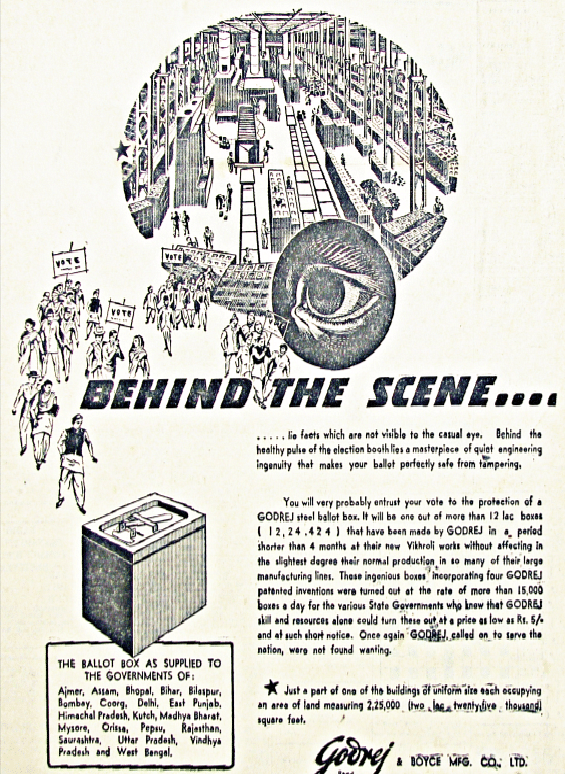
The author is Manager, Archives Communications at Godrej Archives, Mumbai.


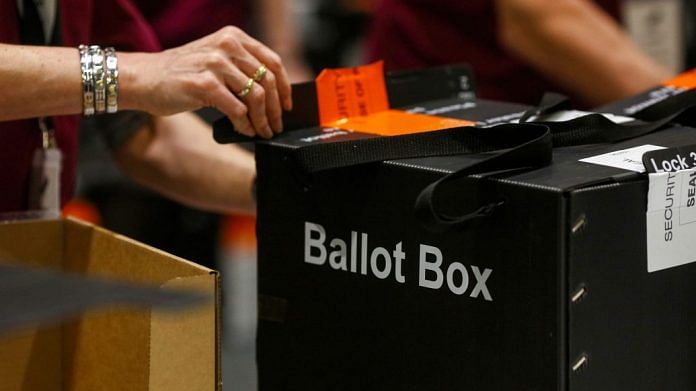

I think that EVM’s at Rs. 30,000 are not a viable option even if the cost of ballot box has escalated from Rs. 5 to 1000. For a Simultaneous Elections you need 1,20,00,000 ballot boxes costing Rs. 12,00, 00,00,000.
Proud to be a Godrejite .